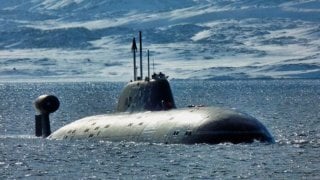Russia Leases to India Nuclear Powered Submarines (Let the Problems Begin...)
In 2010, India leased another Russian nuclear submarine, the Akula-class Nerpa, which was later returned in 2021 due to maintenance problems.
Summary and Key Points: In late 2023, Russia and India expanded their military cooperation, with discussions between Russian Foreign Minister Sergei Lavrov and Indian counterpart Subrahmanyam Jaishankar focusing on mutual benefits and Eurasian security.
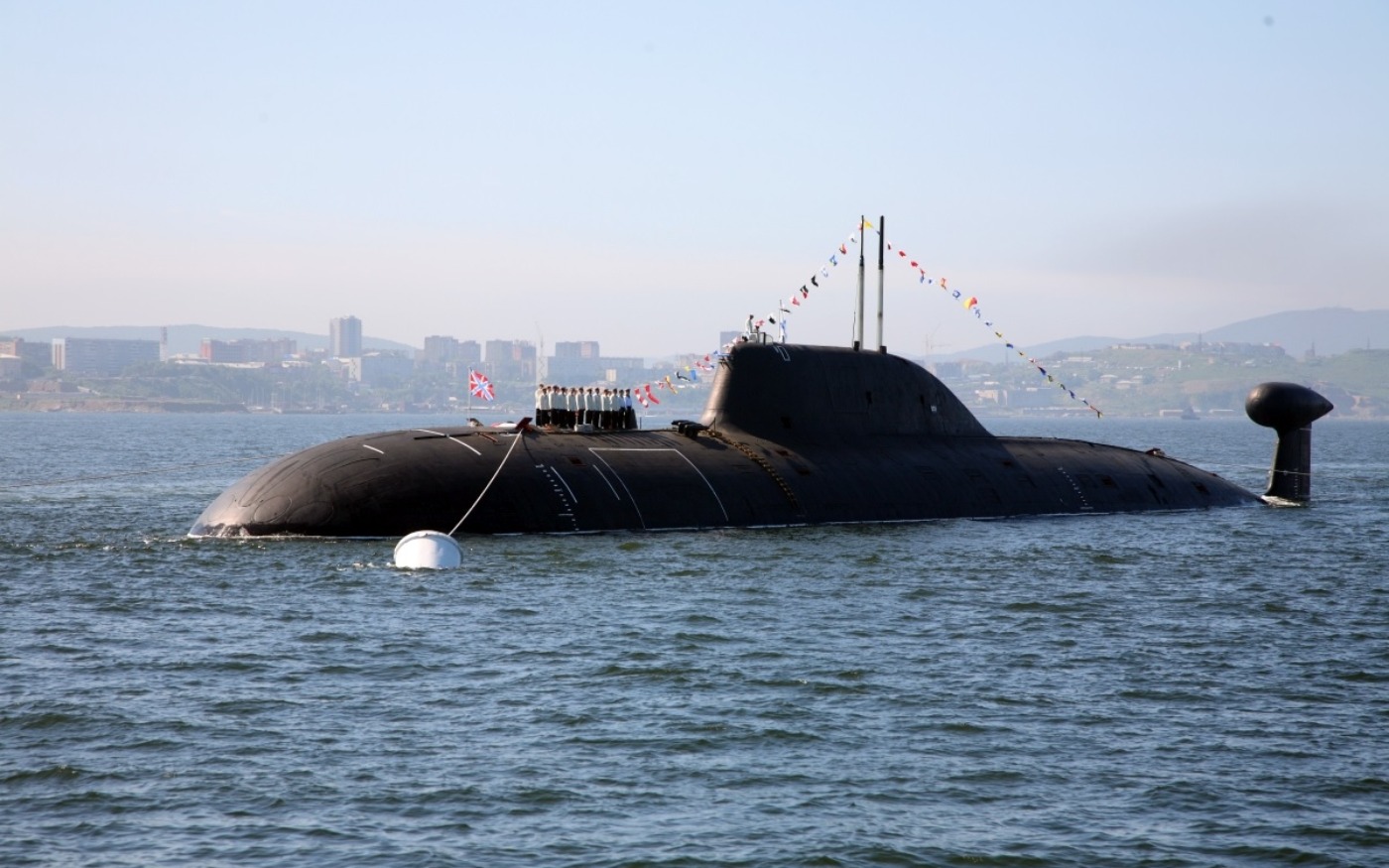
-This partnership is not new; in the late 1980s, India leased the Soviet Charlie-class nuclear submarine K-43, later named INS Chakra, for training purposes. Despite strict Soviet restrictions and numerous technical issues, this marked the beginning of India's nuclear submarine capabilities.
-In 2010, India leased another Russian nuclear submarine, the Akula-class Nerpa, which was later returned in 2021 due to maintenance problems. This ongoing cooperation underscores the strategic ties between the two nations.
India's Decades-Long Submarine Collaboration with Russia: A Look Back
At the end of 2023, Russia and India took steps to expand their military cooperation. Russian Foreign Minister Sergei Lavrov met with his Indian counterpart Subrahmanyam Jaishankar in Moscow a few days after Christmas, asserting that such a partnership would benefit both countries in addition to helping preserve security on the Eurasian continent. When the U.S. and its North Atlantic Treaty Organization (NATO) allies imposed heavy sanctions on Moscow following its Ukraine invasion, Russia had few allies to turn to for aid.
The Islamic Republic of Iran has notably the Kremlin via swaths of weapons transfers including lethal unmanned aerial vehicles (UAVs). India has also evolved to become one of Moscow’s primary economic partners since February 2022. In fact, according to Jaishankar, Indian-Russian trade is expected to top $50 billion this year.
Yes, India 'Rents' Nuclear Submarines from Russia: A History
New Delhi and Moscow’s military cooperation is not new. In the late 1980s, the Soviet Union lent a nuclear-powered submarine when it granted India the Charlie-class nuclear cruise missile submarine.
New Delhi said the vessel was delivered to an Indian envoy in Vladivostok in 1988 for training purposes.
At the time, India possessed 10 diesel-powered submarines and two aircraft carriers. While the Soviet submarine was highly desired, its lease came with strict restrictions.
When the K-43 submarine entered service with the Indian Navy as the INS Chakra, it became subject to incessant Soviet inspections and maintenance sessions, was largely prevented from operating in offensive wartime missions, and could not be loaded with certain weapons.
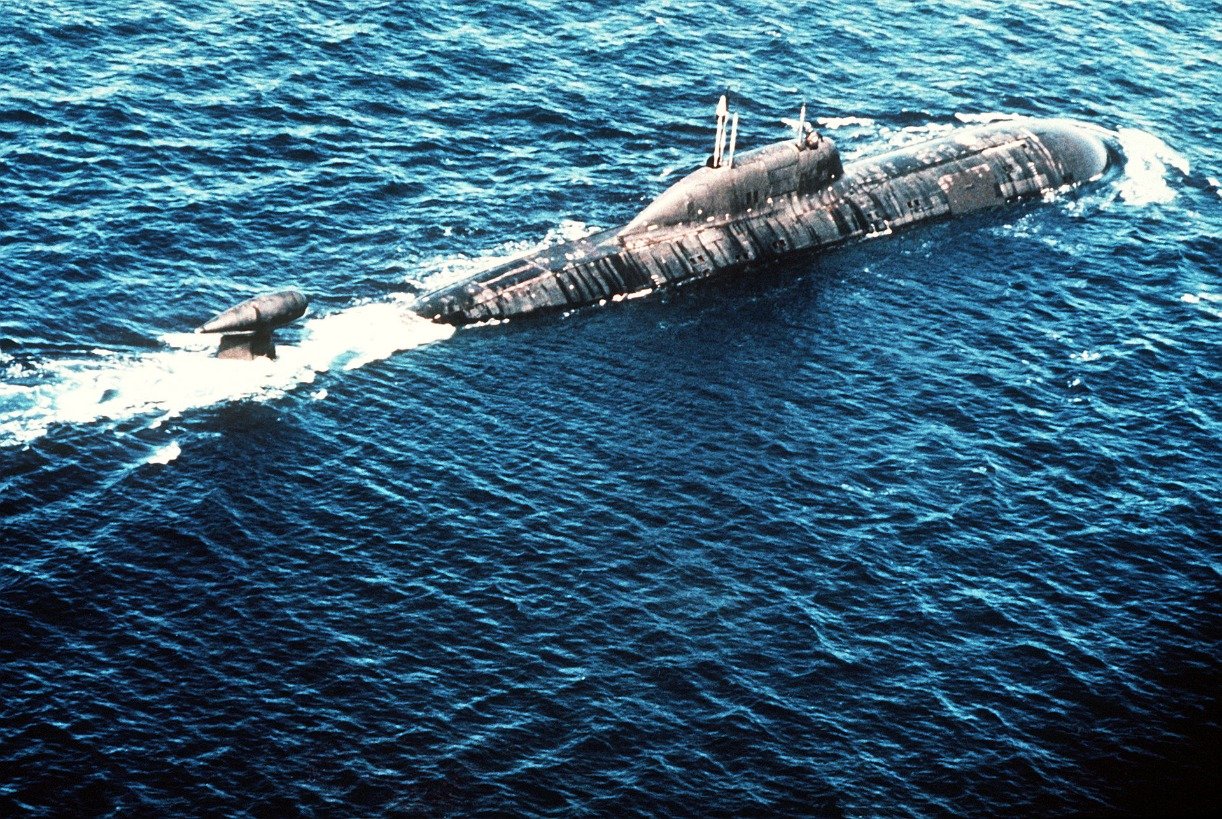
Additionally, Indian crews were now even permitted to man certain areas of the INS Chakra, including the submarine’s reactor.
While New Delhi planned to lease the submarine for ten years, the INS Chakra was returned to the Soviet Union in 1990. Analysts assert that the Soviet’s strict restrictions associated with the lease were in part to blame for the shortened agreement.
According to former Russian Naval officer Alexander Ivanovich Terenov, other issues surrounding the K-43 surfaced. In his book ‘Under three flags- The saga of the submarine cruiser K-43/Chakra,’ Terenov explained that there were
"[M]any incidents of submarine malfunction. The outboard pipes and equipment corroded fast due to the high air temperature, humidity and salinity. The main suction line was not renewed during the last refit in the Soviet Union which caused flooding and fire. A major emergency at sea was experienced and it took 3 months to repair the submarine. Other issues included poor documentation, false data and poor discipline in the supply of spares from the Soviet Union. In one instance, the Indian navy refused to take supplies of the batteries due to their poor condition. The batteries had to be set right in India itself."
The INS Chakra - Specs & Capabilities
Initially designated as K-43 by the Soviet Union, the Charlie-class nuclear-powered cruise missile submarine entered service in the mid-1960s.
The vessel measured just over 300 feet with a beam of 10 feet and a draft of 26 feet long. Powered by a VM-5 pressurized water reactor and one five-blade propeller, the K-43 could reach up to 15 knots when surfaced and 23 knots when submerged.
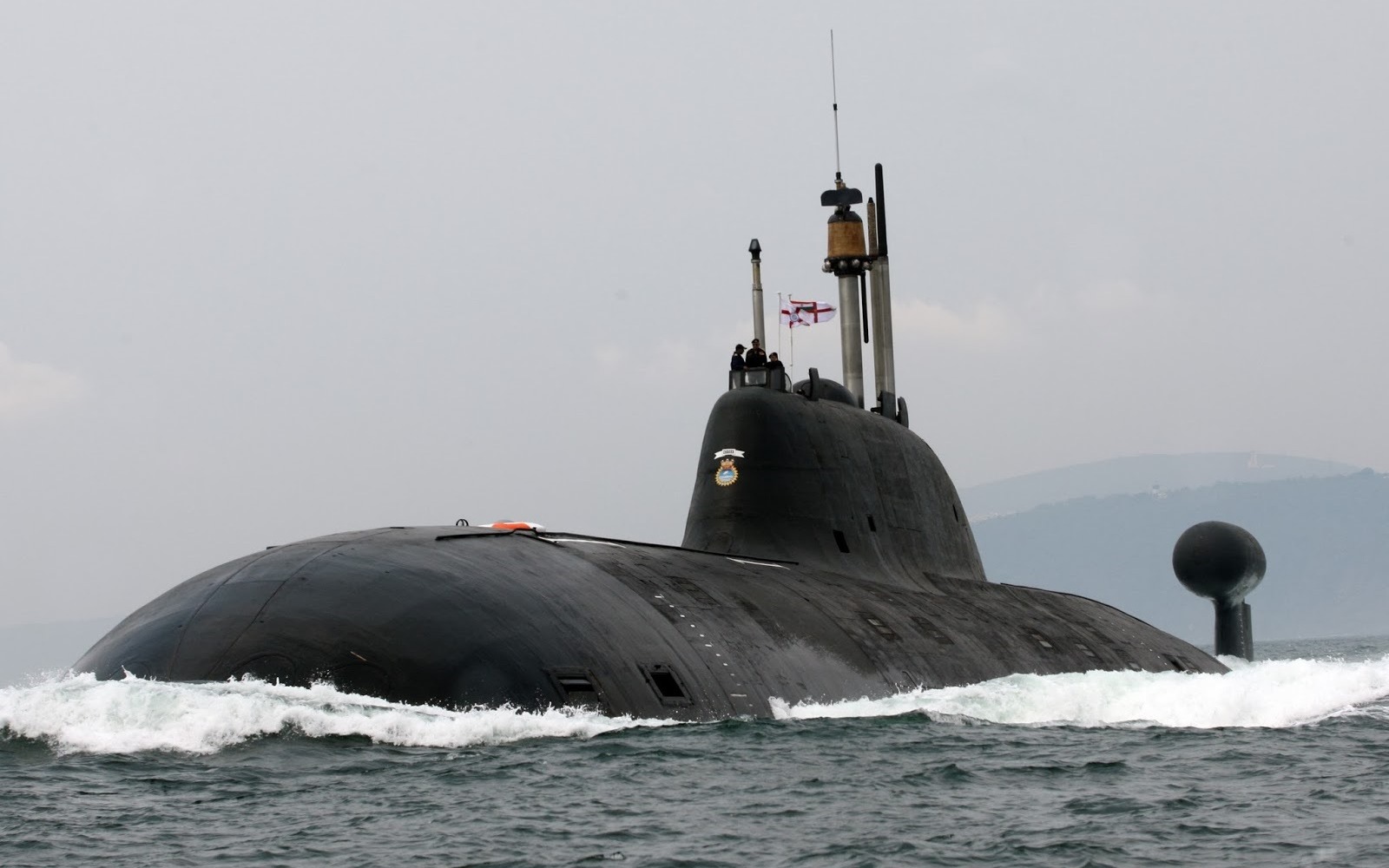
Regarding armaments, the vessel was equipped with 8 SS-N-7 Starbright nuclear capable anti-ship missiles, in addition to six torpedo tubes that could carry 12 Starfish anti-submarine missiles or 12 torpedoes.
Introducing the Nerpa
Although the K-43 submarine lease did not work out as intended, it would not mark the end of the Indian-Russia military partnership.
In 2010, Moscow leased one of its newest nuclear-powered submarines to New Delhi. In this new ten-year-long lease, the NATO-designated Akula-class submarine would elevate India’s underwater capabilities. The Nerpa (later renamed the INS Chakra) was constructed back in 1993, but was put on hold due to lack of funding. India then sponsored the completion of the submarine, which would later enter service with the Russian Navy as the N-152 Nerpa in 2009.
Notably, while the submarine was carrying out sea trials in the Sea of Japan, 20 civilian specialists were killed onboard when a fire suppression system was accidentally activated.
As part of the arrangement, India would pay roughly $670 million to sail the submarine over a 10-year-long period. By 2012, the ship was commissioned at Bolshoy Kamen where she commenced her home voyage under Indian control to its base at Visakhapatnam.
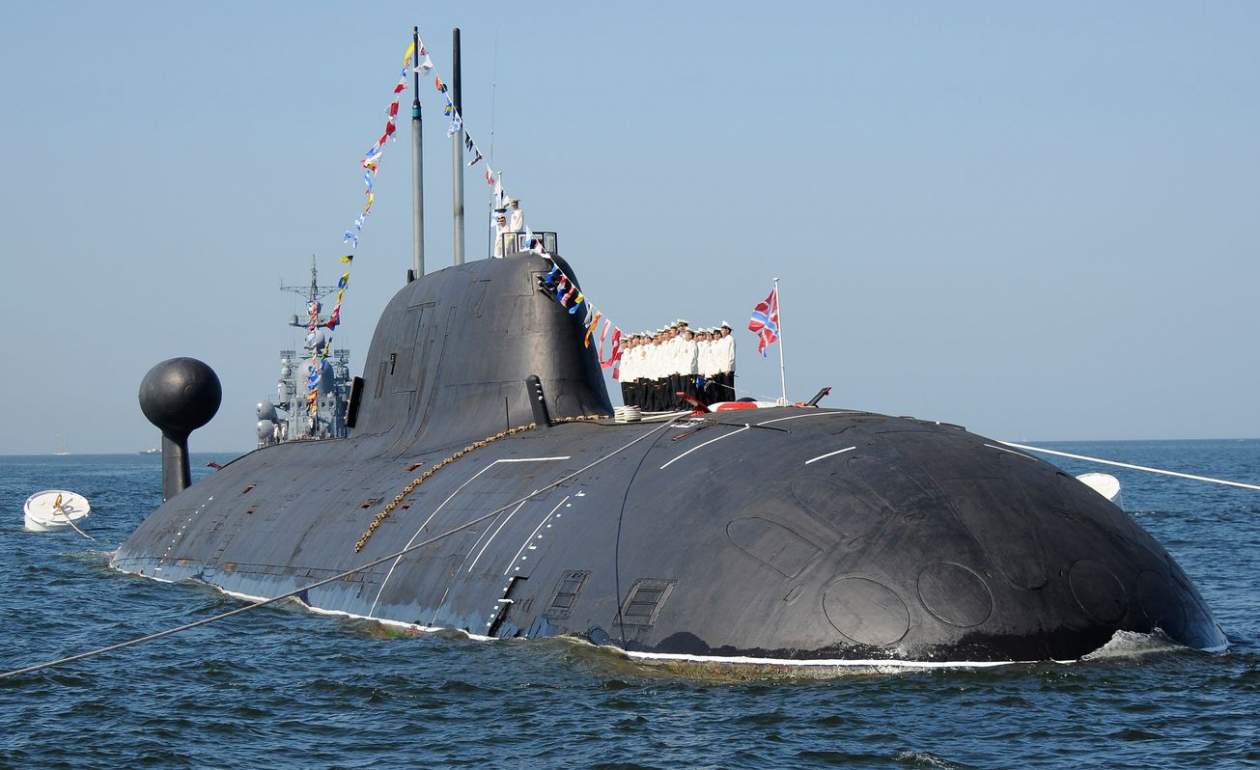
Like the K-43’s experience, the INS Chakra’s journey with the Indian Navy was cut short. The submarine was returned to Moscow in 2021 due to “increasingly unreliable power plant and maintenance issues.”
About the Author: Defense Expert Maya Carlin
Maya Carlin, National Security Writer with The National Interest, is an analyst with the Center for Security Policy and a former Anna Sobol Levy Fellow at IDC Herzliya in Israel. She has by-lines in many publications, including The National Interest, Jerusalem Post, and Times of Israel. You can follow her on Twitter: @MayaCarlin. You can email the author: [email protected].
All images are Creative Commons.
From the Vault
Russia Freaked Out: Why the U.S. Navy 'Unretired' the Iowa-Class Battleships
Battleship vs. Battlecruiser: Iowa-Class vs. Russia's Kirov-Class (Who Wins?)


